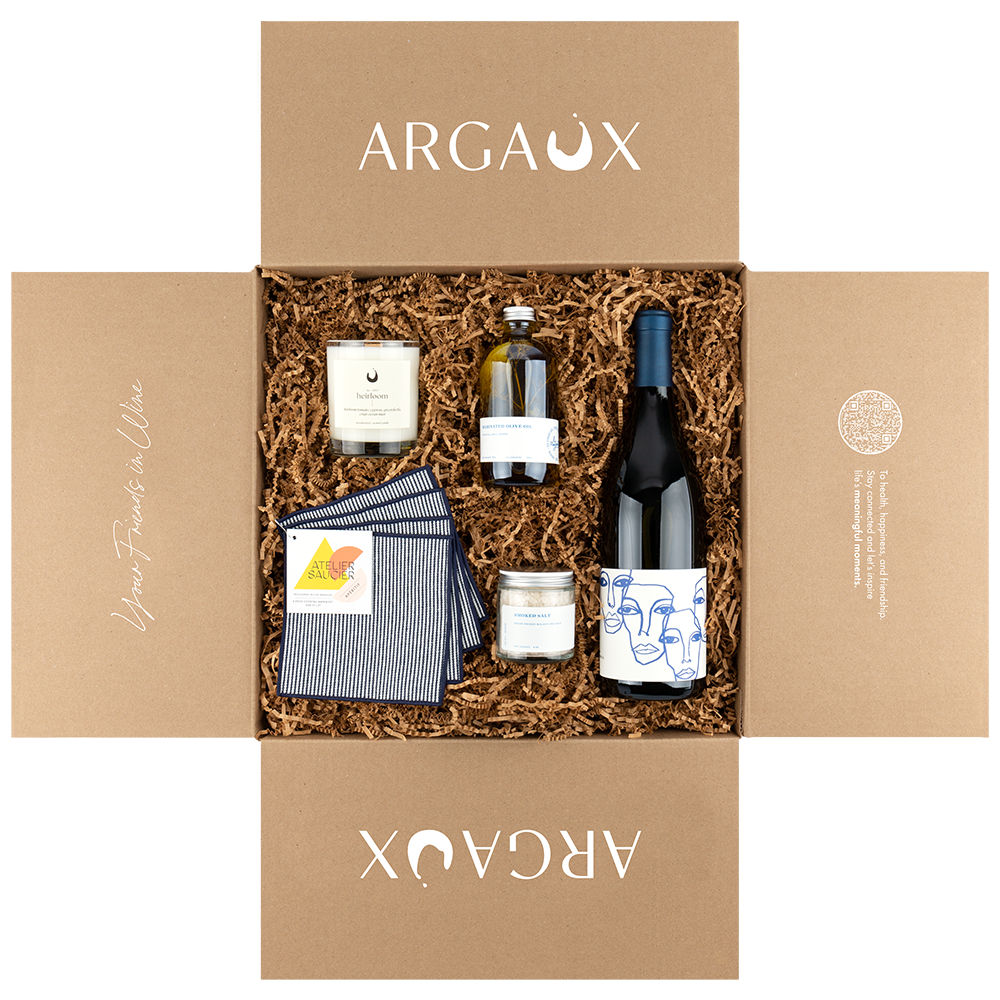2019 Dominio De Anza Rioja ‘Especial 1’
This single vineyard wine comes from Magaña’s oldest parcels, 75 to 90-year-old bushvines in pure limestone, worked entirely by horse.
Sustainable farming practices, native yeast fermentation, whole cluster vinification, and less than 200 cases produced.
$85.00
Out of stock
Diego Magaña is already one of the hottest names in the new generation of young Spanish winemakers. Son of Juan Magaña, whose Viña Magaña estate in Navarra has achieved iconic status over the last four decades, Diego began working alongside his father at the family bodega in the mid-2000s, but in 2014, his love of the wines of Bierzo and his close friendship with Bierzo superstar Raúl Pérez inspired him to strike out on his own, producing tiny quantities of his own Bierzo-DO wines in a corner of Raúl’s bodega.
As a native of Navarra, though, and therefore a next-door neighbor to Rioja, he had long cherished dreams of extending his own winemaking into that hallowed district as well. His family had always owned vines in Alfaro, the chief town of Rioja Baja (or Oriental), but Diego’s love had always been for the nervier, higher-altitude wines of the Alavesa district. It was initially difficult to find fruit there, but in 2016 his dream became reality when he acquired 2.5 hectares of beautiful old vines in the pure white limestone in the heart of the Alavesa. The name of the project: Anza, an homage to his mother, Esperanza (“Hope”) Tejero.
He has since expanded his Rioja holdings to a whopping 4.5 hectares spread among the Alavesa villages of Kripan, Elvillar, and the famed Laguardia. These tiny plots of bushvines ranging from 30 to 90 years old (most over 50) are of course mostly Tempranillo, but are interspersed with Garnacha, Graciano, Mazuelo, Viura and Malvasia Riojana. Diego maintains that his goal is to produce the purest, highest-quality, and (most importantly for him) the most drinkable Rioja possible. To that end, he makes the wines in what he deems a ‘simple, non-technological’ way, although he cautions that ‘the only recipe is that there is no recipe’.
TEMPRANILLO
Famous by the wines being produced in Spain’s Rioja region, this is Spain’s native top grape variety. If Tempranillo is to Rioja as Cabernet is to Bordeaux, and Pinot Noir to Burgundy, then this noble red-grape variety is nothing to be shy about. Producing dry, scented, medium-full bodied red wines worthy of aging. They are classified in Spain by how long they age in oak barrels. Bolder Tempranillo’s can show old-fashioned, top quality, mature richness. Pair these with gourmet burgers, lamb, and other red meats. For the more fresh styles (less aging) try baked pasta and white meat fare. Other notable regions are Ribera del Duero and Toro in Spain, and Douro Valley and Alentejo in Portugal where it is known as Tinta Roriz or Aragonêz.
RIOJA, SPAIN
Located in The Upper Ebro within North Central Spain, Rioja is split into three distinct sub-regions centered around the region’s principal city, Logroño. Grape plantings here are dominated by Tempranillo. However, you’ll also find delicious Garnacha, Viura, and Verdejo. Oak maturation plays a large role in winemaking style. Although, Rioja wines can be made in a range of styles depending on what the winemaking is seeking to achieve. Traditionally, wines were aged in American Oak giving pronounced flavors for vanilla, coconut, or dill. Now, you may find many producers are using oak from France or other European countries to give some of their wines more subtle spicy aromatics.







